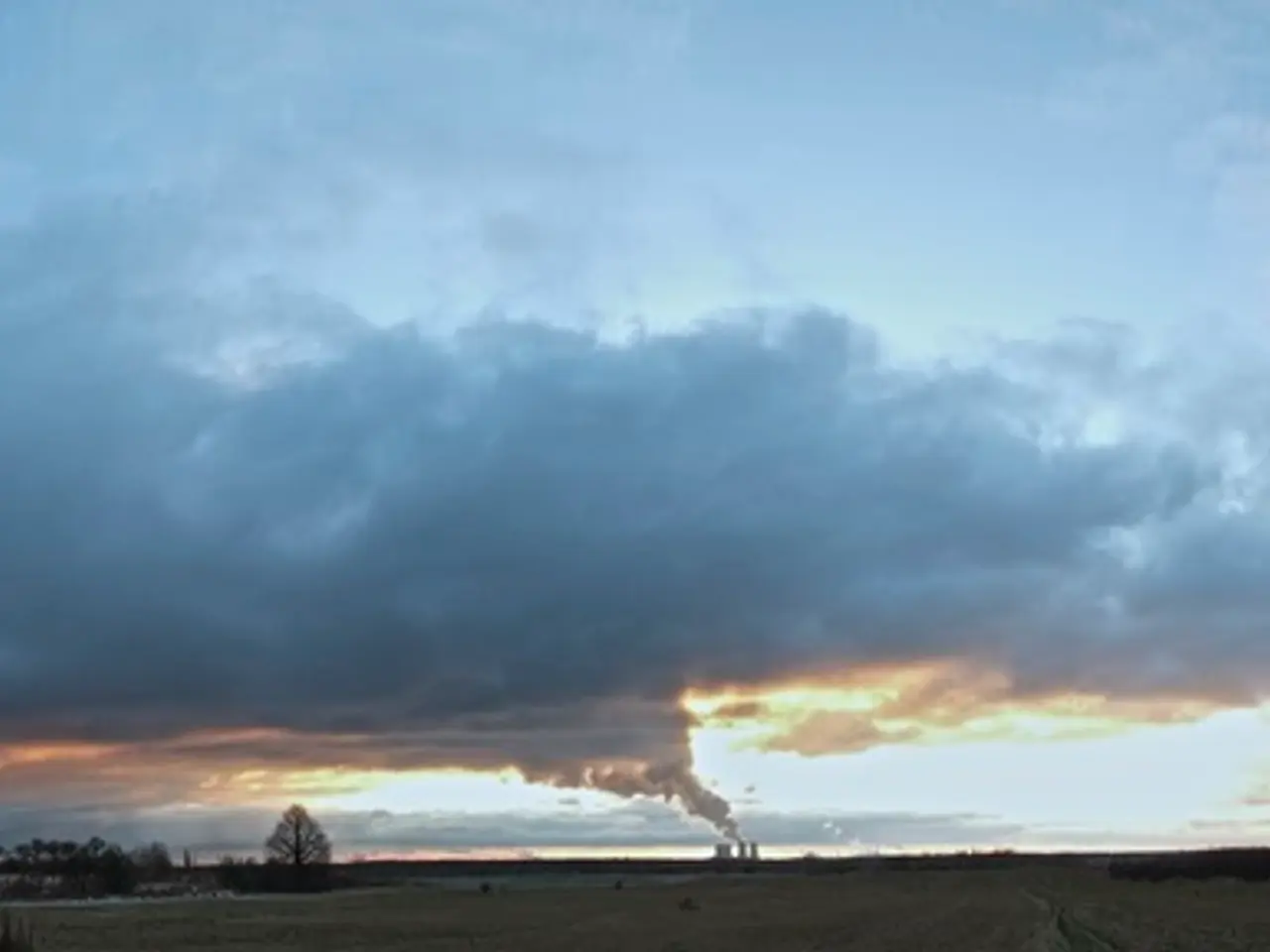Alarm sounds as heatwave hotspots emerge in Malaga: regions predicting record-breaking temperatures
A intense heatwave is currently sweeping across southern Spain, with temperatures reaching record-breaking highs due to the Terral wind phenomenon. This local wind, known locally as a "hairdryer wind" for its intense, dry heat, originates in the inland north/northwest of Spain and descends through the Guadalhorce valley.
The Terral wind typically blows from the inland areas towards the sea, heating up as it descends through mountain passes before reaching coastal areas like Malaga. This results in extremely hot and dry conditions, sometimes pushing temperatures above 40°C.
Currently, several cities in the province of Malaga are under weather alerts due to the Terral wind. The Axarquia area is under a yellow alert, with maximum temperatures that can reach and exceed 36°C. Aemet, the Spanish State Meteorological Agency, has activated an orange alert for heat from 13:00 to 21:00 hours this Friday, with minimum temperatures not dropping below 25°C.
The geographical area of Sol y Guadalhorce in Malaga will see maximum temperatures increase due to the Terral wind. In Pizarra, the minimum temperature is expected to be 25°C and the maximum 42°C. In Coin, the minimum temperature is expected to be 25°C and the maximum 41°C. Malagueños will experience 40°C for the first time this summer due to this phenomenon.
In other cities like Fuengirola, the minimum temperature is expected to be 23°C and the maximum 33°C. In Estepona, the minimum temperature is expected to be 22°C and the maximum 37°C. In Manilva, the minimum temperature is expected to be 22°C and the maximum 35°C, while in Benalmadena, the minimum temperature is expected to be 23°C and the maximum 35°C.
Towards the weekend, some cities will see temperatures drop by a few degrees, but several municipalities in the province of Malaga are still at risk of such heat episodes. Marbella, Alhaurin el Grande, Alhaurin de la Torre, Alora, Mijas, and Malaga are all expected to see maximum temperatures above 36°C.
This episode is expected to last until next Monday, according to the territorial delegate of Aemet, Juan de Dios del Pino. Special attention is needed on the coast, as strong west wind is expected. Aemet has deactivated both alerts for Saturday and Sunday, with temperatures remaining unchanged or even decreasing during this period.
The third week of July is experiencing a general increase in temperatures across Spain. However, residents are advised to take precautions to protect themselves from the extreme heat, such as staying hydrated, avoiding outdoor activities during the hottest parts of the day, and seeking shade when possible.
It is important to note that the Terral wind is a seasonal phenomenon, occurring both in winter and summer, but it is particularly intense in summer when it produces oppressive heat with 0% humidity and clear skies that feel almost "like being cooked alive". This wind originates inland, in northern or northwestern Spain, not from Africa as is sometimes mistakenly believed.
References: [1] "Terral wind." Wikipedia, The Free Encyclopedia. Wikimedia Foundation, Inc., 17 July 2021. Web. 16 July 2021. [2] "Terral wind: The heatwave that makes Spain's south coast feel like a furnace." The Local. Español, 16 July 2021. Web. 16 July 2021. [3] "Terral wind: What is it and why does it make southern Spain so hot?" The Local. Español, 16 July 2021. Web. 16 July 2021. [4] "Terral wind: What is it and why does it make southern Spain so hot?" The Local. Español, 16 July 2021. Web. 16 July 2021.
- The current intense heatwave in southern Spain, caused by the Terral wind, poses challenges for both fashion and environmental-science as it necessitates the development of heat-resistant clothing and a focus on sustainable practices to combat climate-change.
- Weather-forecasting plays a crucial role in predicting and preparing for heat episodes, such as the Terral wind, as it alerts residents to take necessary precautions and helps scientists understand the impacts of such phenomena on the environment.
- The Terral wind, often called a 'hairdryer wind' for its intense, dry heat, also influences the field of science, particularly in the study of weather and geography, as understanding this wind system helps predict future occurrences and its related effects on the climate.








